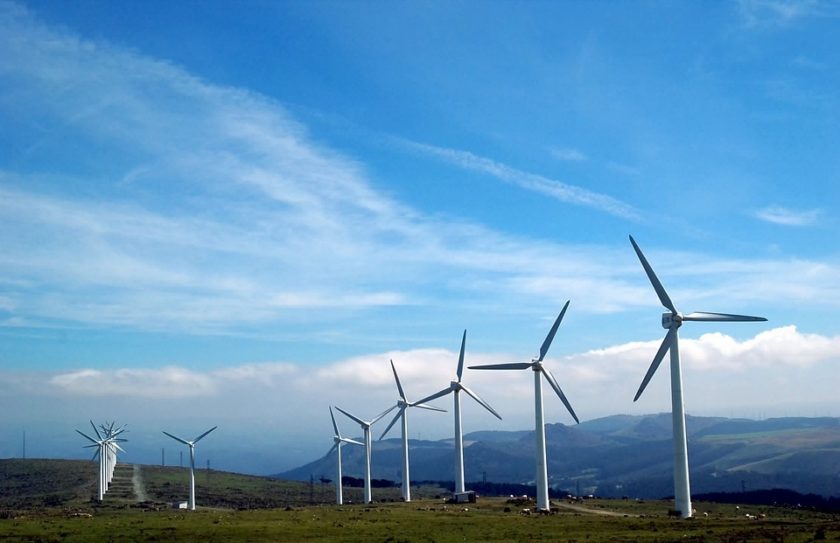
Photo: makunin on Pixabay
Greek renewables and especially solar are set for a record year, as 888 MW was added in the first six months and the combined capacity of new installations is expected to rise even further in the second half.
Greece is having a great year in terms of new installations in green energy, since they are much higher than in 2021, especially in the solar power segment.
According to market operator DAPEEP’s latest report, 91 MW was installed in the wind power sector in Greece from January through June, increasing the total to 4,294 MW, compared to 679 MW in photovoltaics for an overall 4,288 MW. Data showed there are 10 MW in new small hydropower plants, increasing the segment to 249 MW. New biomass and biogas plants have 7 MW in combined capacity, which lifted the total to 102 MW, while cogeneration facilities added 10 MW (119 MW).
Therefore, the overall new capacity in the first half of the year was 888 MW. The country has 9,422 MW of renewables installed.
Skrekas: The goal for 2022 is to surpass 10 GW
According to Minister of Environment and Energy Kostas Skrekas, the goal for this year is for new installed renewable energy capacity to reach a record 2 GW and surpass the 10 GW threshold.
Another significant milestone was that during the first half of 2022, photovoltaics have surpassed wind energy as the number one renewable source in terms of installed capacity, if rooftop photovoltaics are included, according to domestic solar associations.
It should also be mentioned that the Greek government is expected to set the 2030 target for renewables at 25 GW in the revision of the National Energy and Climate Plan (NECP).
Renewables financial account faces deficit because of subsidies to consumers
Another aspect of the government’s effort to develop renewables is the special account maintained by DAPEEP, which includes all financial inputs and outputs, for securing payments for producers. The account had a deficit a few years back and after intense efforts it returned to a large surplus last year. However, the decision to subsidize consumers from the renewables sector due to the energy crisis has absorbed significant funds, leaving it with a projection of EUR 40 million in the red at end of 2022.
Renewable energy developers warned that they need security and a stable framework in order to maintain installations at the necessary levels to achieve the 2030 national goal.


















Be the first one to comment on this article.